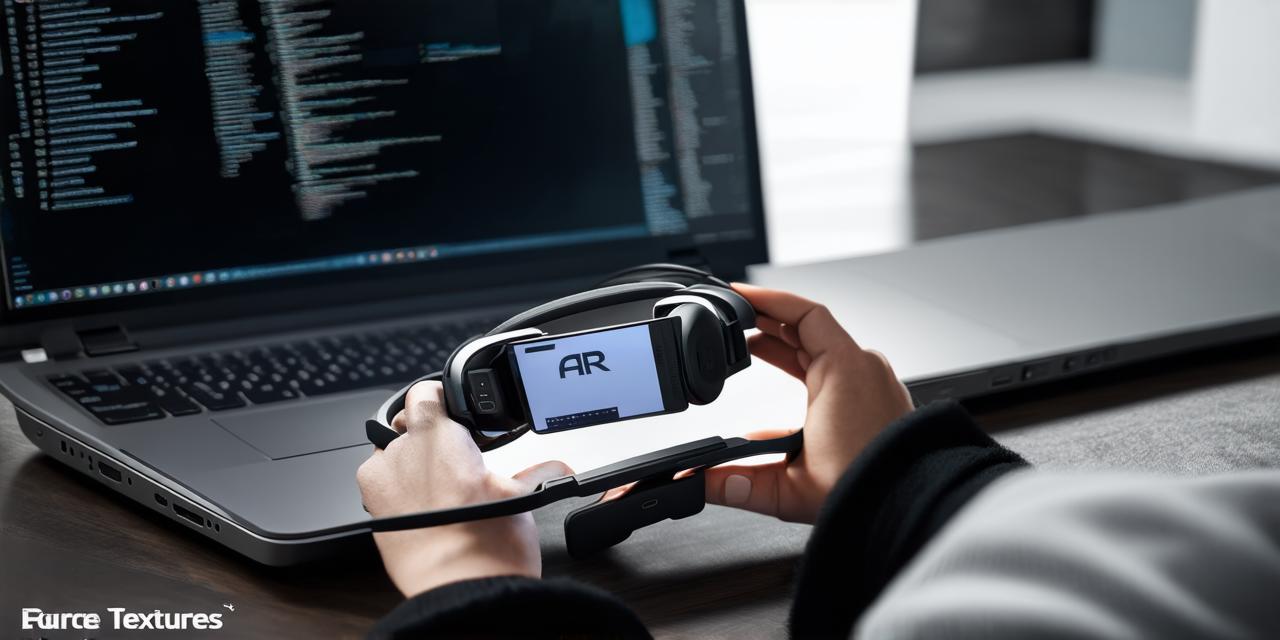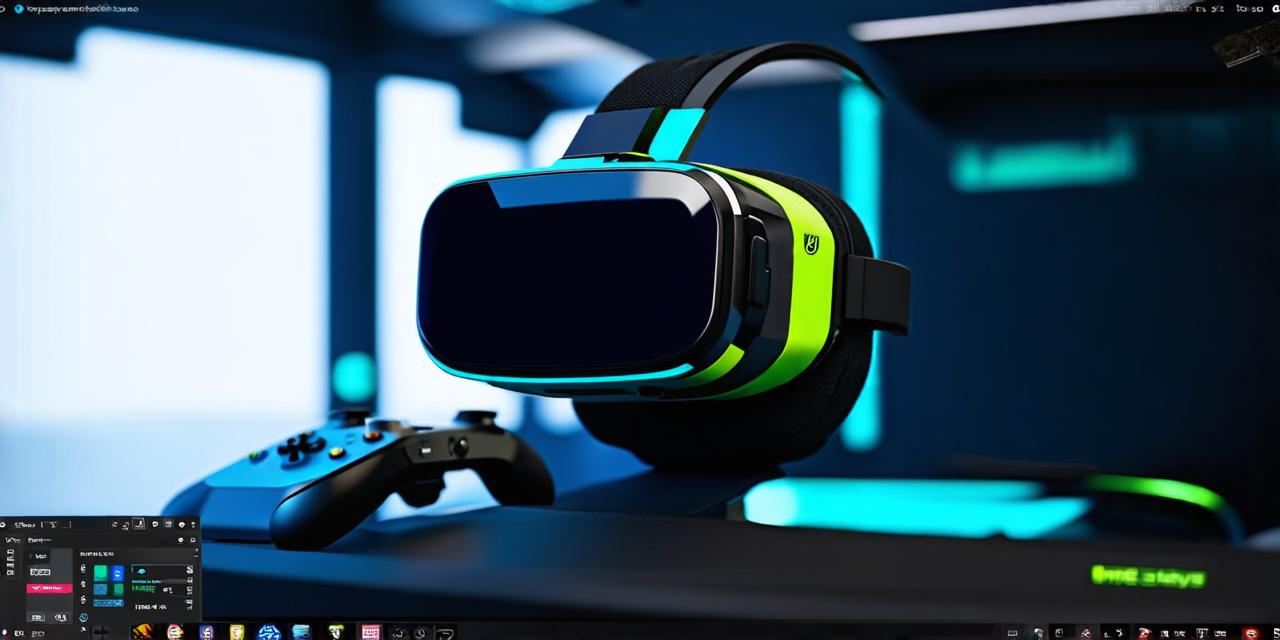
Exploring the Role of an Augmented Reality Developer: Job Responsibilities and Skills
- 0
Job Responsibilities of an Augmented Reality Developer
AR developers are responsible for designing, creating, and maintaining AR applications and experiences. Their job involves a wide range of tasks, including:
- Conceptualization: AR developers need to understand the client’s requirements and come up with creative solutions that align with their goals.
- Design: Once the concept has been developed, AR developers need to design the user interface and user experience (UI/UX) of the application or experience. This involves creating wireframes, mockups, and prototypes to ensure that the final product is intuitive, easy to use, and visually appealing.
- Development: AR developers need to have a strong understanding of programming languages such as Unity, Unreal Engine, and C++. They also need to be proficient in integrating AR libraries and frameworks like Vuforia, ARToolKit, and Wikitude. Additionally, they should be familiar with the latest development tools and techniques for creating immersive AR experiences.
- Testing: AR developers need to test their applications thoroughly to ensure that they are working as expected and delivering a seamless user experience. They also need to optimize the performance of their applications by identifying and fixing bugs, improving load times, and reducing memory usage.
- Maintenance: AR developers need to be able to maintain their applications over time by providing regular updates, bug fixes, and technical support. They should also stay up-to-date with the latest advancements in AR technology and incorporate them into their work wherever possible.
Skills Required for an Augmented Reality Developer
AR developers need to have a combination of technical skills and creative abilities to succeed in this field. Here are some of the key skills required:
- Programming: AR developers need to be proficient in programming languages such as Unity, Unreal Engine, and C++. They should also be familiar with mobile development platforms like iOS and Android.
- 3D Modeling: AR developers need to have a good understanding of 3D modeling tools such as Blender, Maya, and 3DS Max. They should be able to create high-quality 3D models that are optimized for use in AR applications.
- User Experience Design: AR developers need to have a deep understanding of user experience design (UX) principles and be able to apply them to the development of AR applications and experiences.
- AR Technologies: AR developers need to stay up-to-date with the latest AR technologies and trends, including AR frameworks, libraries, and hardware. They should be able to integrate these technologies into their work seamlessly.
- Analytical Skills: AR developers need to have strong analytical skills to understand the client’s requirements, identify the best solution for their needs, and optimize the performance of their applications.
- Communication Skills: AR developers need to be able to communicate effectively with clients, stakeholders, and team members. They should be able to explain technical concepts in a way that is easy for non-technical people to understand.
- Collaboration: AR developers need to work collaboratively with other professionals such as designers, animators, and project managers to deliver high-quality AR applications and experiences.
Case Studies of Successful Augmented Reality Developers

To illustrate the importance of AR development skills, let’s take a look at some case studies of successful AR developers:
- Ikea Place: IKEA Place is an AR app that allows users to see how furniture would look in their home before buying it. The app was developed by ARKit, Apple’s augmented reality framework for iOS. The development team consisted of software engineers, designers, and product managers who worked together to create a seamless user experience that enhanced the IKEA shopping experience.
- Pokemon Go: Pokemon Go is a popular mobile game that uses AR technology to allow users to catch virtual creatures in their real-world environment. The game was developed by Niantic Labs and became a cultural phenomenon when it was released in 2016. The development team consisted of software engineers, game designers, and UX professionals who worked together to create an immersive gaming experience that kept users engaged for hours.
- Audi’s Virtual Showroom: Audi’s virtual showroom is an AR application that allows customers to explore Audi cars in a 3D environment. The app was developed by HoloLens, Microsoft’s augmented reality headset. The development team consisted of software engineers, designers, and product managers who worked together to create a visually stunning experience that showcased Audi’s cars in an innovative way.
The Role of AR Developers in the Future of Technology
AR technology is rapidly evolving, and its potential applications are endless. As the demand for AR developers continues to grow, their role in shaping the future of technology will only become more important. Here are some ways that AR developers will shape the future:
- Healthcare: AR developers will play a key role in developing medical applications that enhance patient care and improve medical procedures. For example, they can create 3D models of organs and tissues to help doctors visualize complex surgeries and make more accurate diagnoses.
- Education: AR developers will also play a crucial role in creating immersive learning experiences that engage students and enhance their understanding of complex concepts. For example, they can develop educational games that teach math and

